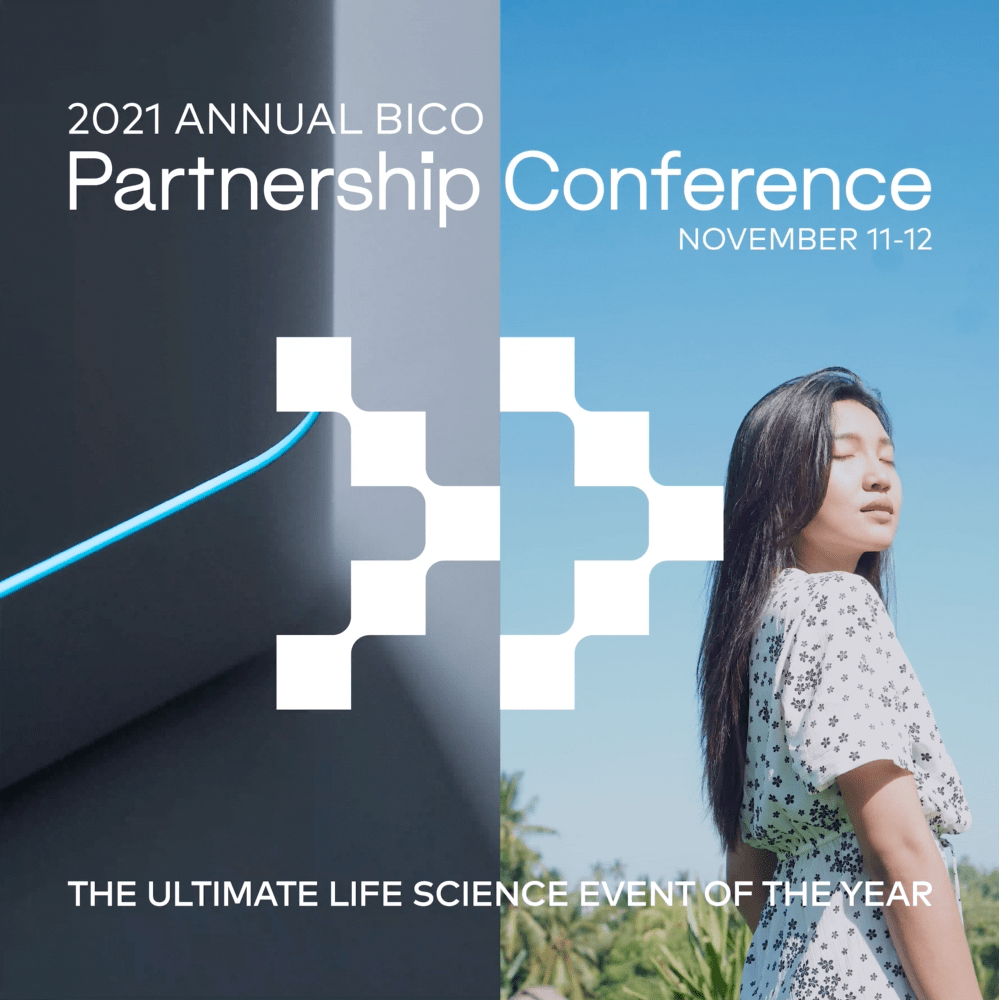Stem cells are essential for the success of the in vitro tissue engineering endeavor. Whether in building in vitro tissue models for drug screening or in creating tissue grafts for applications in regenerative medicine, the use of stem cells opens up possibilities which are impractical or even impossible with other cell types. Unfortunately, stem cells have also become part of the sales pitch of numerous companies and clinics offering treatments which may not be evidence-based.
Read MoreDo you want to bioprint a full-sized human organ? You can! Today! Bioprinting is easily accessible to academic institutions and enthusiasts both in terms of cost and available information required to create a bioprinting system. Then, why is it that there is no at least one bioprinting or one biofabrication device in every university or institute teaching engineering, chemistry or biology? We review the low cost bioprinters currently offered on the market and the available open-source information enabling any enthusiastic team of makers to create their own bioprinter. DIY bioprinters have been reported for a cost of as little as about $50 and we consider a cost of a bioprinting system up to $10,000 to be accessible for an institution.
Read MoreCollagen is one of the most popular and promising materials for bioprinting, so why don’t we use the one from the pharmacy? The short answer is that the “collagen” at the pharmacy is not really collagen. It is a mixture of smaller molecules (peptides and oligopeptides) derived from animal tissue rich in collagen and for marketing purposes called hydrolyzed collagen, collagen peptides, or collagen hydrolysate. In this piece, we consider the science behind some popular claims regarding the effect of these products on human health and beauty, as well as the differences with the collagen suitable for tissue engineering and in particular, bioprinting.
Read MoreThe extracellular matrix (ECM) is the three-dimensional architectural scaffold that defines tissue boundaries, biomechanical properties, and cell polarity. The matrix consists of proteins and proteoglycans. The ECM proteins provide biochemical cues which are interpreted by receptors on the cell surface, regulate gene expression, and initiate signaling cascades within the cell controlling its survival, proliferation, differentiation, and stem cell state. As a result, the ECM orchestrates cellular, tissue, and organ formation and functions.
Read MoreThree key developments in the field of tissue engineering are related to the effect of material mechanical properties on cell functioning, the high resolution offered by stereolithographic biofabrication methods, and the ability to differentiate reproducibly human-induced pluripotent stem cells.
Read MoreThe annually organized conference gathers scientists and leaders which provide expert advice on the common challenges encountered in these fields.
Read MoreEssential roles are expected to play academic institutions in promoting alternatives to animal testing in scientific disciplines and disseminating new knowledge and practices.
Read More







